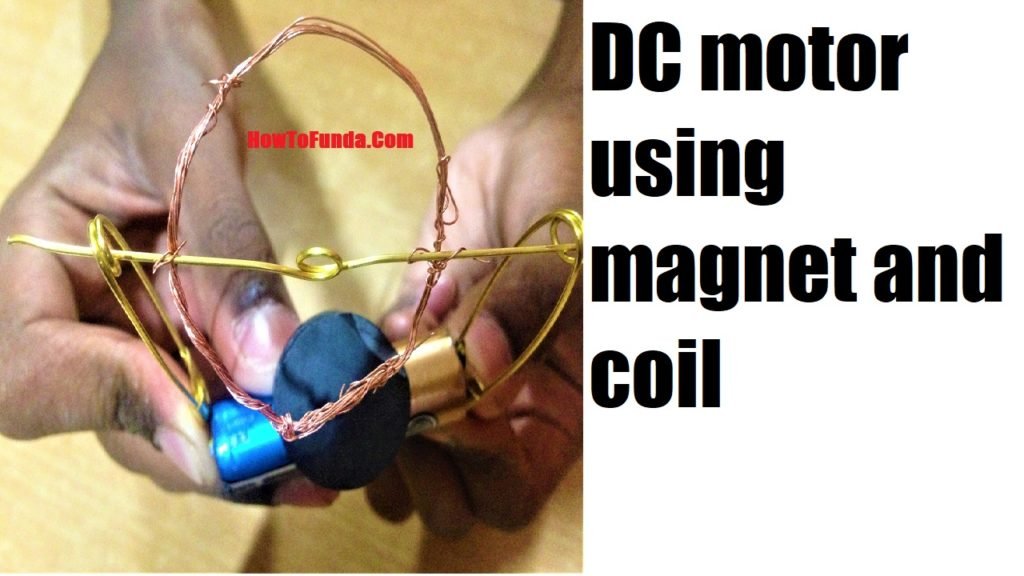Creating science working models for Class 10 based on the electricity can be both educational and engaging. Here are 20 ideas that cover various concepts from the electricity chapter:
1. Simple Circuit with Bulb

- Objective: Demonstrate a basic electric circuit.
- Description: Construct a series circuit with a battery, switch, wires, and a bulb. Show how closing the switch completes the circuit and lights up the bulb.
2. Series and Parallel Circuits Comparison

- Objective: Compare series and parallel circuits.
- Description: Build both series and parallel circuits using bulbs and switches. Measure voltage and current in each circuit to observe differences in brightness and resistance.
3. Electric Bell
- Objective: Construct a model of an electric bell.
- Description: Use a small bell, battery, switch, and electromagnet to demonstrate how an electric bell rings when the circuit is completed.
4. Doorbell Circuit
- Objective: Create a functional doorbell circuit.
- Description: Build a doorbell using a bell, battery, push button switch, and wires. Pressing the button completes the circuit, causing the bell to ring.

5. DIY Electromagnet
- Objective: Create an electromagnet.
- Description: Wrap insulated wire around a nail or iron core and connect it to a battery. Show how the nail attracts paper clips or small metal objects when the circuit is closed.

6. Electric Motor
- Objective: Build a simple electric motor.
- Description: Construct a motor using a battery, magnet, insulated wire coil (armature), and a commutator (switch). When the coil is energized, it spins due to electromagnetic forces.

7. Hand-Crank Generator
- Objective: Generate electricity with a hand-crank generator.
- Description: Build a generator using a small motor, handle, and gears. Turning the handle generates electricity, which can light up a small bulb or LED.
8. Voltage Tester
- Objective: Create a voltage tester.
- Description: Construct a device with a bulb or LED and resistor. Use it to test different voltages from batteries or power sources to demonstrate conductivity.
9. Light Dimmer Circuit
- Objective: Build a light dimmer circuit.
- Description: Use a potentiometer (variable resistor), bulb, battery, and wires to control the brightness of the bulb by adjusting the resistance.
10. Traffic Light
A traffic light, also known as a traffic signal or stoplight, is a signaling device positioned at road intersections, pedestrian crossings, and other locations to control the flow of vehicular and pedestrian traffic.

It operates on a system of colored lights that indicate when vehicles and pedestrians should stop or proceed.
These working models provide hands-on experiences to understand various concepts from the Class 10 electricity chapter, fostering a deeper appreciation for electrical principles and applications. Adjust the complexity and components based on available materials and grade level.

